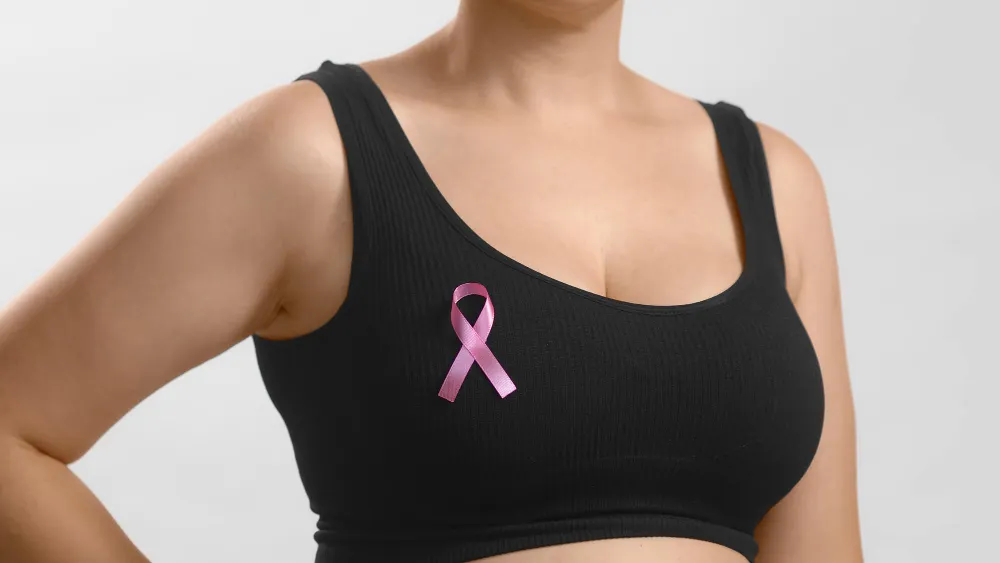Revisiting the Link Between Menopausal Hormone Therapy and Breast Cancer Risk
For over 21 years, the Women’s Health Initiative (WHI) has been criticized for its controversial findings about menopausal hormone therapy (HT) and its link to breast cancer. These results, first released in 2002, sparked widespread concern, and despite attempts by the WHI to revise their stance, some researchers continue to insist that combination hormone therapy (CEE+MPA) increases breast cancer risk.

However, their conclusions contradict several important WHI findings. For example, the WHI reported no increased breast cancer risk from CEE+MPA among women who had never used HT before joining the study, as well as among those with a family history of breast cancer. Additionally, CEE alone was found to reduce breast cancer risk and mortality, which Chlebowski and Aragaki downplay in their recent article in Menopause.
Their continued insistence that CEE+MPA raises the risk of breast cancer is at odds with data showing no increased breast cancer death risk from this therapy. The studies they cite, such as the Collaborative Group on Hormonal Factors in Breast Cancer and the Million Women Study, have been criticized for flaws, including small sample sizes, selection biases, and inconsistencies with WHI results.
In the WHI, no significant increase in breast cancer risk was observed among women who had used HT in the past. Furthermore, the increase in breast cancer risk attributed to CEE+MPA in these studies was minimal—only 6 cases per 10,000 women. The Million Women Study, which also claimed a risk increase, relied on data that may have included women who already had undiagnosed breast cancer when they entered the study.
Moreover, the WHI’s findings about CEE+MPA and breast cancer risk were based on statistical analyses that could be misleading. In 2002, initial claims of an increased breast cancer risk were based on “nominal” statistics that did not account for other factors, such as age, ethnicity, or lifestyle choices. After proper adjustments, the results were not statistically significant, suggesting that any apparent risk was likely due to random chance or baseline differences between study participants.
The WHI also failed to consider the effects of long-term HT use and its relationship to early breast cancer detection, given that HT can increase breast tissue density, making mammograms more frequent and potentially catching tumors earlier. While it’s been suggested that CEE+MPA therapy might raise the risk of breast cancer, the evidence doesn’t convincingly support this claim. The study data indicate that breast cancer incidence was similar among women who adhered to CEE+MPA therapy and those who didn’t, undermining the argument that HT alone was a cause.
Despite their insistence, Chlebowski and Aragaki’s claims that HT has caused a significant drop in breast cancer rates are misleading. The decline in breast cancer diagnoses in the U.S. actually began three years before the WHI results were announced, and similar drops were not seen in countries where HT use also decreased. Therefore, it’s misleading to attribute the drop in breast cancer rates directly to the WHI’s warnings.
In conclusion, the WHI’s initial findings have caused unnecessary fear, leading to a decline in HT use, despite its benefits for managing menopausal symptoms. While CEE alone has been shown to reduce the risk of breast cancer, the impact of CEE+MPA is still debated, with statistical evidence suggesting that any risk is minimal and does not outweigh the therapy’s benefits. It’s time to reassess the conclusions drawn from the WHI, as its long-lasting effects on women’s health have been more harmful than helpful.